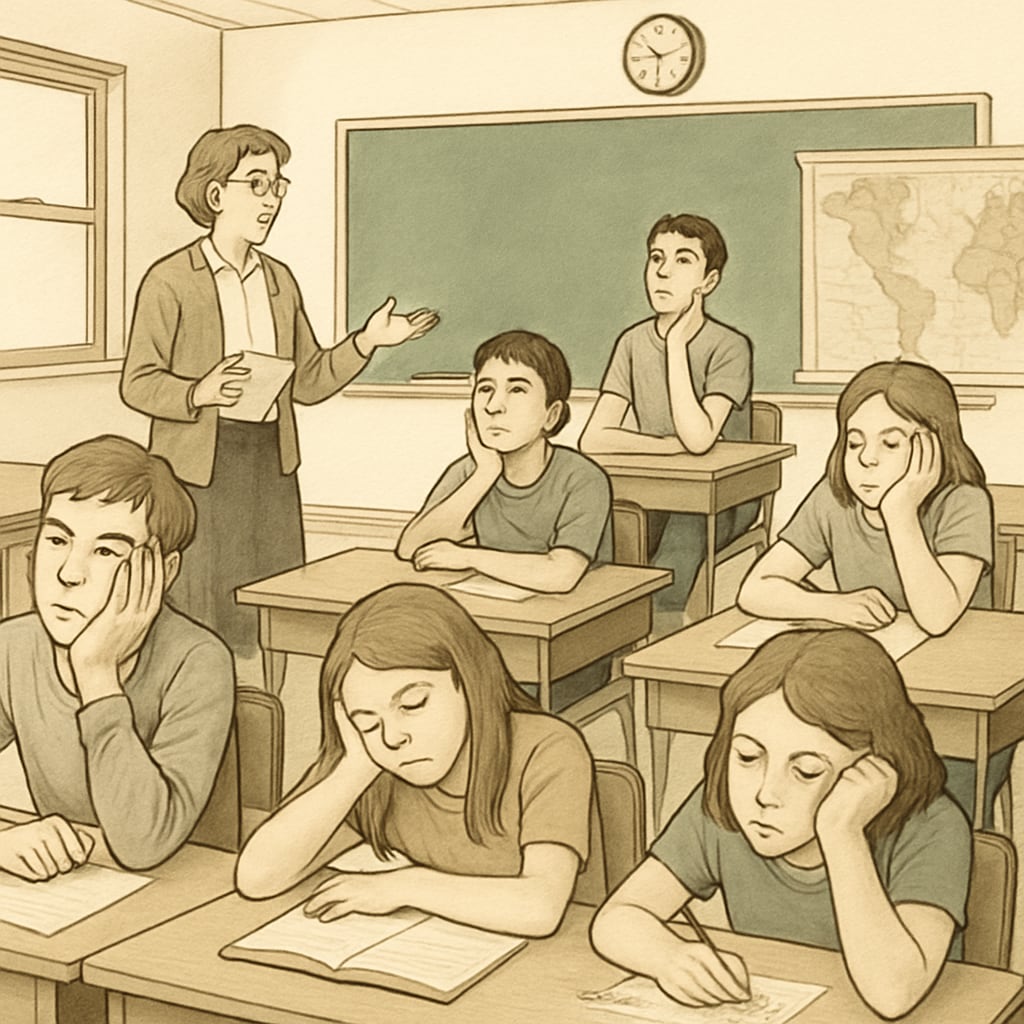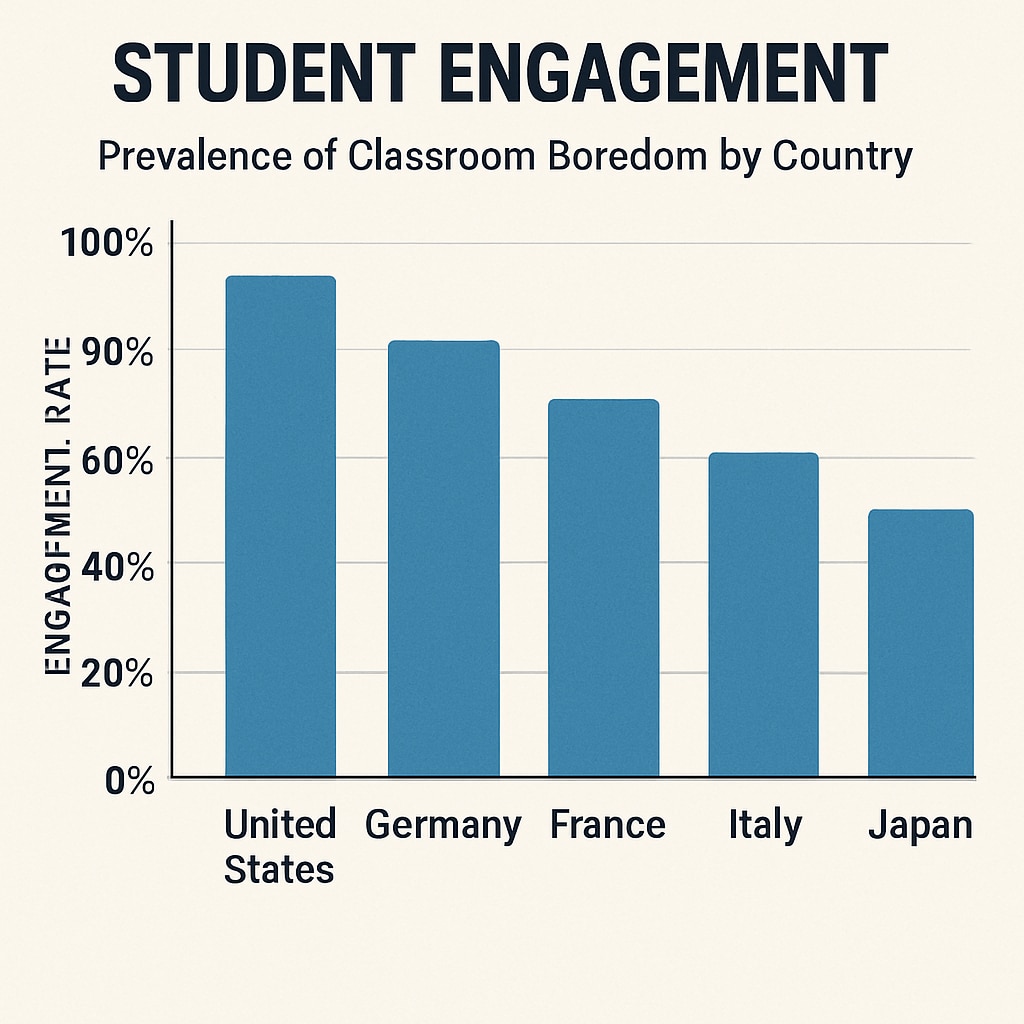Across the globe, students in K12 education are grappling with a common yet often overlooked issue: classroom boredom. From bustling cities in the UK to rural schools in Senegal, this phenomenon transcends cultural, economic, and geographic boundaries, creating a silent barrier to effective learning. Research suggests that boredom in classrooms stems from a range of factors, including outdated teaching methods, lack of student engagement, and rigid curricula. This article delves into the global dimensions of classroom boredom, its far-reaching impacts, and actionable solutions to foster more engaging learning environments.
Understanding the Causes of Classroom Boredom
Boredom in classrooms is not a new phenomenon, but its prevalence across different countries makes it a critical challenge for educators. Several factors contribute to this issue:
- Rigid Curricula: Many educational systems follow standardized curricula that leave little room for creativity or personalized learning.
- Outdated Teaching Methods: Traditional lecture-based approaches often fail to capture the attention of tech-savvy students accustomed to interactive and dynamic content.
- Lack of Relevance: Students frequently question the applicability of what they learn, leading to disengagement.
For example, studies conducted in the United States and China reveal that over 60% of students report feelings of disengagement during lessons due to repetitive teaching styles and uninspiring material. This trend underscores the need for educators to rethink instructional strategies.

The Impacts of Boredom on Student Outcomes
Boredom doesn’t just impact classroom dynamics; it has long-term consequences on students’ academic performance, mental health, and future prospects. Key impacts include:
- Lower Academic Performance: Disengaged students are less likely to retain information and perform well in assessments.
- Increased Dropout Rates: Persistent boredom often leads to frustration, causing students to abandon their studies prematurely.
- Mental Health Challenges: Continuous boredom can result in feelings of inadequacy, stress, and even depression.
In addition, research from institutions such as Wikipedia’s Education page and Britannica’s overview on education highlights that boredom in schools is a global issue, affecting both developed and developing nations.

Strategies to Combat Classroom Boredom
Addressing boredom requires a multifaceted approach that involves educators, policymakers, and students themselves. Some effective strategies include:
- Integrating Technology: Interactive tools like educational apps and virtual reality can make learning more engaging and relatable.
- Personalized Learning: Tailoring lessons to individual student interests and learning styles can significantly boost engagement.
- Project-Based Learning: Encouraging hands-on projects allows students to apply theoretical knowledge to real-world scenarios.
- Teacher Training: Investing in professional development ensures educators are equipped with modern teaching techniques.
Countries like Finland have already implemented innovative teaching practices, such as cross-disciplinary lessons and flexible schedules, to combat boredom effectively. Their success serves as a model for other nations seeking to revitalize their education systems.
In conclusion, classroom boredom is a global challenge that demands urgent attention. By understanding its causes, recognizing its impacts, and implementing effective solutions, educators worldwide can create more dynamic and engaging learning environments. The future of education lies in adaptability and innovation, ensuring students remain motivated and inspired to learn.


